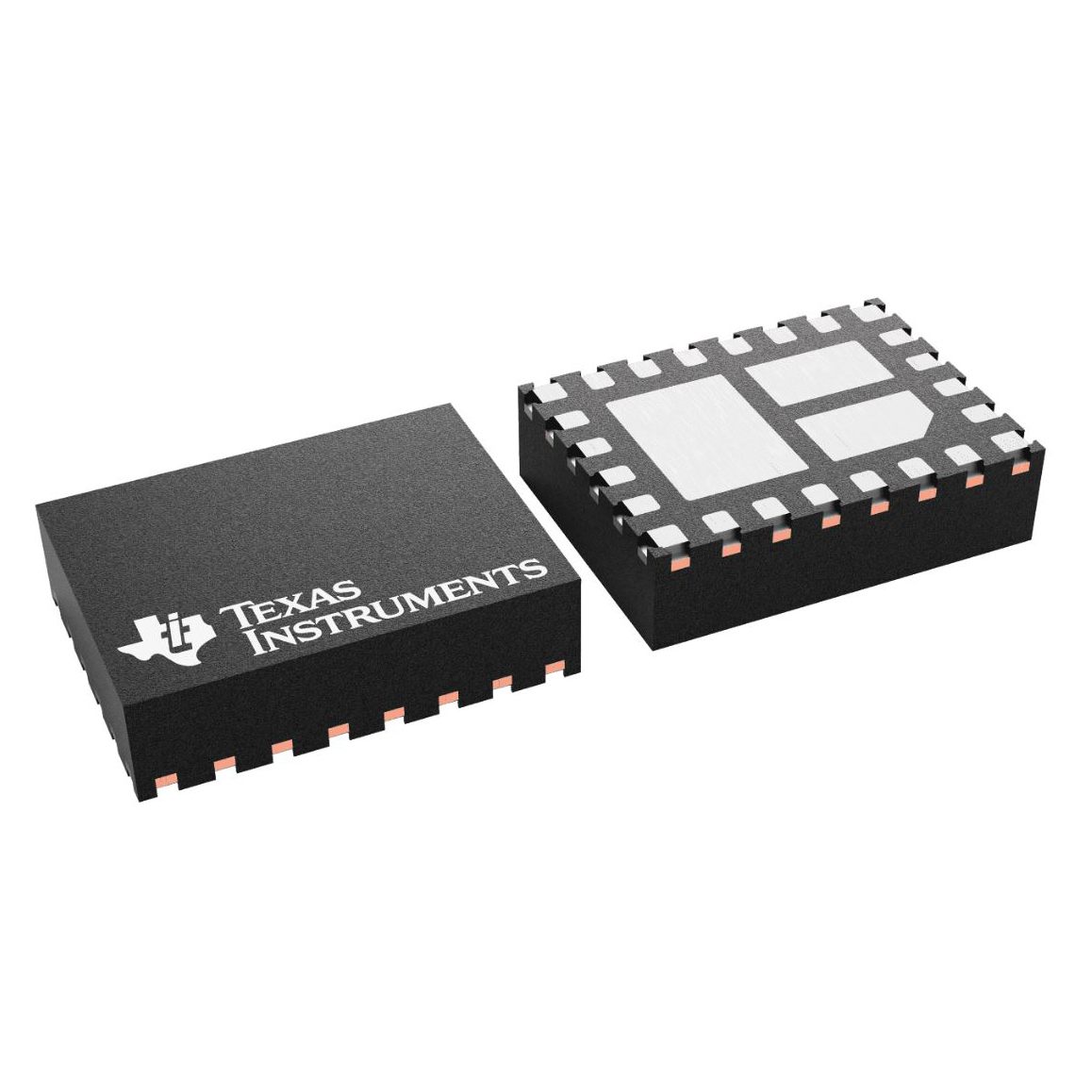TPS62875-Q1
The TPS62875-Q1 is a high-efficiency, synchronous buck converter designed for automotive applications, featuring a wide input voltage range from 3.0 V to 18 V, making it suitable for harsh vehicle environments with transient voltage conditions. It delivers up to 3 A of continuous output current and supports low quiescent current operation—down to 40 µA in light-load mode—ensuring minimal power loss during idle or standby states. The device integrates high-side and low-side MOSFETs, simplifying the design and reducing external component count while maintaining excellent thermal performance.
This converter operates at a fixed frequency of 2.2 MHz, enabling the use of small external inductors and capacitors, which reduces board space requirements. It includes an adaptive on-time (AOT) control architecture that provides fast transient response and stable operation across varying load conditions. Additionally, the TPS62875-Q1 features integrated protection mechanisms such as over-current protection (OCP), thermal shutdown, and under-voltage lockout (UVLO), enhancing system reliability and safety in demanding applications.
Designed for compliance with AEC-Q100 Grade 1 qualification, the TPS62875-Q1 meets stringent automotive standards for temperature range (-40°C to +125°C) and long-term reliability. Its robust design ensures consistent performance in extreme environmental conditions, including vibration, shock, and electromagnetic interference (EMI). The device also offers programmable soft-start to minimize inrush current and reduce stress on the input source.
Applications include infotainment systems, ADAS (Advanced Driver Assistance Systems), telematics, cabin electronics, and power distribution modules in electric and hybrid vehicles. It efficiently powers microcontrollers, sensors, and other peripherals requiring stable and clean supply rails in automotive platforms. With support for both PWM and PFM modes based on load, the converter optimizes efficiency across the full load range—from light to heavy loads—making it ideal for energy-sensitive designs.
Related Parts
| Part # | Manufacturer | Description | Availability | Pricing | Quantity |
|---|---|---|---|---|---|
 TPS62875QWRZVRQ1DC Switching Voltage Regulators | Texas Instruments | IC REG BUCK ADJ 20A 24WQFN | 2736 | 1+: $4.49560 10+: $4.03390 100+: $3.40208 1000+: $3.23198 | |
 TPS62875B2QWRZVRQ1DC Switching Voltage Regulators | Texas Instruments | IC REG BUCK ADJ 20A 24WQFN | 2951 | 1+: $4.49560 10+: $4.03390 100+: $3.40208 1000+: $3.23198 | |
 TPS62875B5QWRZVRQ1DC Switching Voltage Regulators | Texas Instruments | Stackable Synchronous Buck Converter | In Stock | - | |
 TPS62875B1QWRZVRQ1DC Switching Voltage Regulators | Texas Instruments | Stackable Synchronous Buck Converter | In Stock | - | |
 TPS62875B4QWRZVRQ1DC Switching Voltage Regulators | Texas Instruments | Stackable Synchronous Buck Converter | In Stock | - | |
 TPS62875B3QWRZVRQ1DC Switching Voltage Regulators | Texas Instruments | Stackable Synchronous Buck Converter | 2750 | - |







.png?x-oss-process=image/format,webp/resize,h_32)










